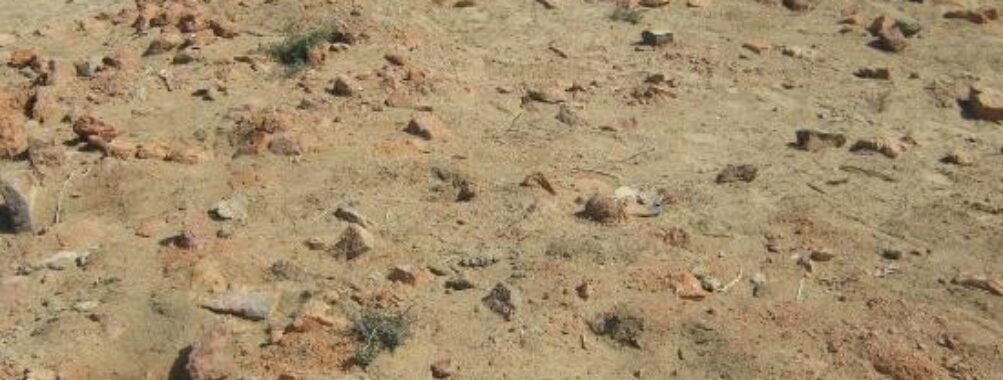
Kahu Jo Daro
Table of Contents
Description
Kahu Jo Daro in Mirpur Khās, Pakistan, is one of those historical sites that carries both the silence of time and the stories of centuries past. Thought to date back to the 6th century, this archaeological treasure is primarily recognized for its ancient Buddhist stupa, which once stood as a significant center of worship, teaching, and community life. Over time, it has revealed terracotta artworks, sculpted Buddha images, and fragments that help piece together the cultural exchanges of early South Asia, particularly between the Gandhara and Gupta influences. Visiting this place is a bit like stepping into a forgotten chapter of history, where you can almost imagine the monks at their monasteries or locals gathering at community spaces. While some may find its condition more on the rustic side, it remains an extraordinary site that reflects the endurance of history in the Sindh region. It’s not a polished museum in the modern sense, and that, honestly, is part of its charm. You really feel the authenticity here.
Despite areas of wear, it continues to serve not only as a historical place museum but also as part of a living community with village cottages, farms, and a mosque nearby. It blends the atmosphere of a site frozen in time with glimpses of everyday rural life that carries on around it. In that sense, it connects the past with the present in a very tangible, very human way. It’s definitely intriguing for those who enjoy history, archaeology, or simply wandering beyond typical tourist paths. And yes, it’s absolutely suitable for kids too, as the open-air surroundings and stories make it a curious ground for exploration.
Key Features
- An ancient Buddhist stupa dating back around the 6th century
- Terracotta figures, Buddha images, and archaeological relics discovered during excavations
- A community-centered space that includes a mosque, local market-style stores, and village cottages
- Remnants of old bricks and structures hinting at early Buddhist monastic life
- Surrounding farm households where visitors can see traditional rural practices
- An interesting blend of archaeological heritage and living traditions in the Sindh area
Best Time to Visit
Travelers generally find the cooler months—between November and March—the best time to explore Kahu Jo Daro. The scorching summer heat in southern Pakistan can make wandering around open-air ruins pretty tough, if not exhausting. In winter and early spring, the climate is mild, the skies tend to be clearer, and walking the land of the old stupa becomes genuinely pleasant rather than an endurance test. If you want that golden light for photographs (and who doesn’t?), aim for mornings or just before sunset. The ruins, with those warm tones against the fading daylight, make for an incredibly atmospheric scene.
How to Get There
Reaching Kahu Jo Daro isn’t overly complicated if you’re already in Mirpur Khās city. Local taxis or buses can take you relatively close to the site, although those who prefer flexibility might want to hire a private car for the day. The roads are fairly decent but, as with many historical places in Sindh, don’t expect overly polished infrastructure. That said, part of the adventure is the journey itself, driving through farmlands and small villages that add more dimensions to the trip. If you’re coming in by railway from other parts of Pakistan, Mirpur Khās has a decent connection, and from there, it’s just a short onward ride.
Tips for Visiting
First off, wear comfortable shoes. The land around these ruins isn’t paved like a city museum—it’s rough, uneven, and in some parts, overgrown. Bring water along, especially if you’re visiting during warmer months, because there aren’t many facilities on-site. Hiring a local guide, if possible, can make a huge difference. They know all the stories, and you’ll get way more context than by just looking at bricks and imagining the rest. It’s also a good idea to take some snacks from a nearby bazaar before you set off, as food options aren’t typically available on-site.
If you have a knack for photography, this place is pure gold. Whether it’s the close-up details of terracotta art or the wide-angle shots of fields meeting history, you’ll find frames you won’t want to miss. Just be respectful—it’s not only an archaeological site but still an area where local life continues alongside the ruins. Interactions with villagers can add richness to your visit, so take a little time to chat if you speak the local language or even share a smile. It makes the journey that much more rewarding.
To sum it up, Kahu Jo Daro might not be a shiny museum with air conditioning and showrooms, but it’s the real deal for anyone curious about South Asia’s layers of cultural history. It’s the kind of place you walk through slowly, piece together stories, and leave with a sense of quiet awe that these ruins are still here, still speaking to us after all these years.
Location
Places to Stay Near Kahu Jo Daro
Find and Book a Tour
Explore More Travel Guides
No reviews found! Be the first to review!